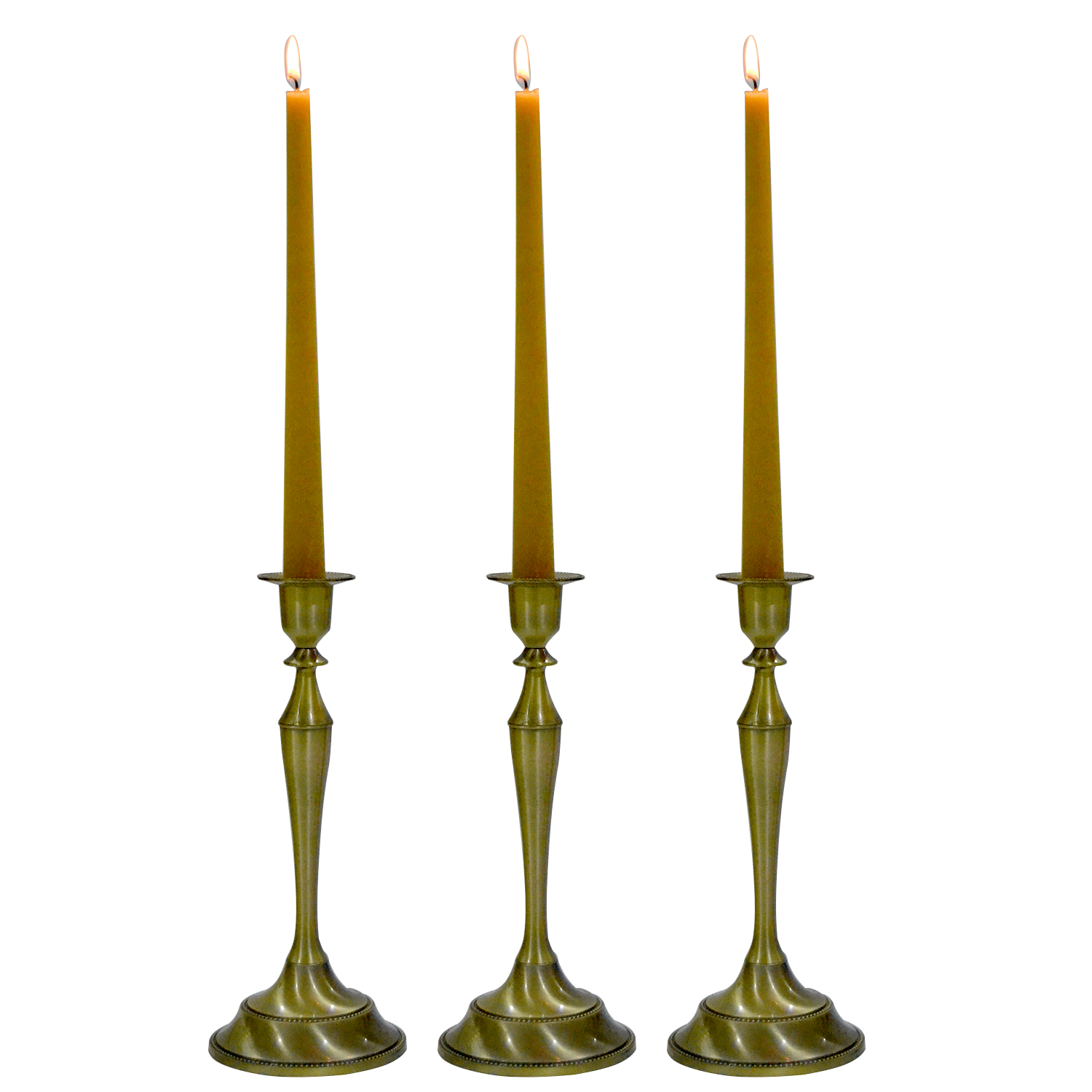Learn about the history of beeswax candles
Beekeeping in the 14th century took place inside a beehive – an upside-down cone-shaped basket with a small hole for the bees to enter and exit. Beehives are usually placed in a sheltered area because bees don't like bad weather. As a means of keeping bees, beehives are not perfect because they cannot inspect beeswax or honey without disturbing the bees.
In the 14th century, bees produced two things in great demand—honey and beeswax. You probably thought honey was more important, but you'd be wrong.

The best use of beeswax is beeswax candles. Beeswax produces a pure, odorless light, which is especially important in monasteries and churches. Abbey beekeeping is to collect wax for candles, but it may not always be enough. England imported beeswax to meet the need for beeswax candles by royalty, monasteries and nobles. Most of them are imported into London.
Pilgrims leave wax figures at sacred sites they visit as a gesture of gratitude or as a reflection of their prayers. Beeswax can be shaped into something associated with the saints, or used to display their reasons for pilgrimage.
The importance of beeswax to the church is also reflected in that it is almost a currency in circulation. Here is a quote:
...and finally, the offerings to be made, not only at the terminal shrine, but also on the other shrines along the way, possibly coins, jewelry, or wax. Wax (mainly beeswax) was an important form of church currency that could be easily exchanged for cash at 6p per pound, and some holy sites even had accounts divided between money and wax.
We receive enquiries in English, Español (Spanish), Русский язык (Russian), Français (French) and العربية (Arabic). Our professional team will reply to you within one business day. Please feel FREE to contact us!





